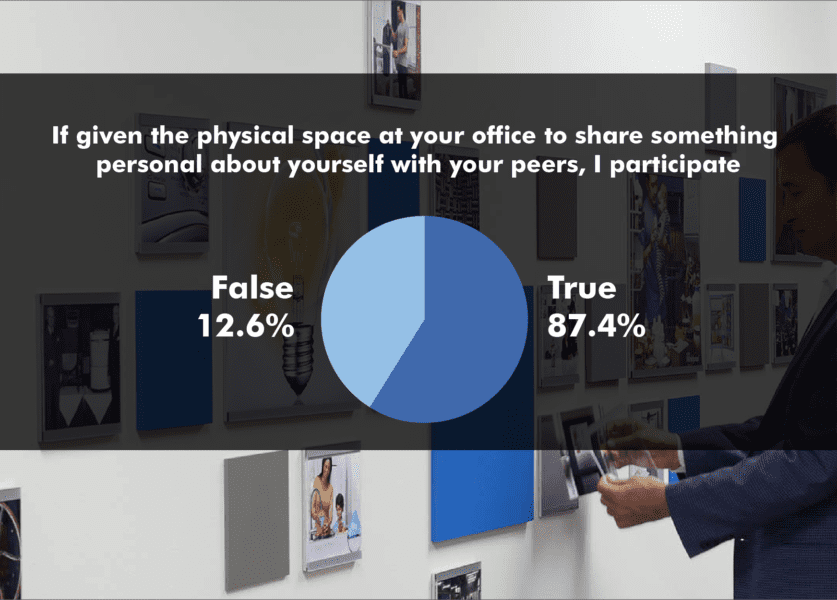By Amanda Badgley, SEGD, AIGA | Senior Experiential Graphic Designer | January 17, 2017
Interactive Environments Build Brand Engagement , Community, and Culture.
Experiential graphic design (EGD) enhances the connection between users and the built environment by highlighting shared values and culture. As workplace design pushes the boundaries of flexibility and expression, EGD applications are challenged to strike a balance between autonomy and resilience. Embarking on 2017, we predict immersive experience and collaborative content will drive our practice in the year ahead.
IMMERSIVE EXPERIENCE
In 2017, the desire for immersive experiences will drive innovation, and this will affect the built environment. Branded spaces are becoming sensory rich journeys. Storytelling in built space requires much more than a simple logo or mission statement on the wall. To create unique and relevant environments, designers must take an integrated approach to communicating message and values, and use brand messaging tools—from materials to lighting to creative technology—that deliver impactful and emotional connections to space.
In layered macro and micro applications, we will see EGD responding to the diverse range of our daily interactions in and with the work environment. On a larger scale, experiential elements will surround users to establish context. In communal areas, look for “off the wall” brand integration—literally. Floor or ceiling graphics, video projection, and kinetic elements. enhanced by responsive technology, will reflect users as part of the space. At the other end of the spectrum, we will see brand elements on a micro scale. Furniture with custom printed graphics, branded architectural details, and curated objects will speak to employees on a personal level.
COLLABORATIVE CONTENT
True to past predictions, IA has seen an increased demand for updatable, culture-driven details in the work environment.Collaborative content will continue to be an indispensable medium for authentic storytelling and engagement. Integrating dynamic, user-generated content into the built environment allows us, as designers, to elevate brand engagement, encourage employee expressions, and connect global teams.
Analog interactive experiences, such as employee photo displays, changeable graphics, or writable walls, will hold design favor as customized materials make way for new opportunities. As the line between digital and physical workplace is blurred, so are the ways in which employees interact with company and coworkers.
Digital technology allows us to share and display content in an unprecedented way. In today’s hyper-connected world, and are constantly engaged in real-time conversations. Employees want these shared experiences continued in the work environment. IA’s 2017 Interiors Survey showed that 59 percent of survey respondents would share something personal with coworkers if provided the physical space to do so. We anticipate increased digital integration with the built environment, as companies choose to highlight strategic, brand-driven content within their space. Expressions in public-facing areas will be tailored to connect employees and visitors with brand, while coauthored content in employee-focused areas will encourage team expressions. Global companies will leverage the ability to align experiences across offices, simultaneously pushing consistent digital content to multiple locations.



